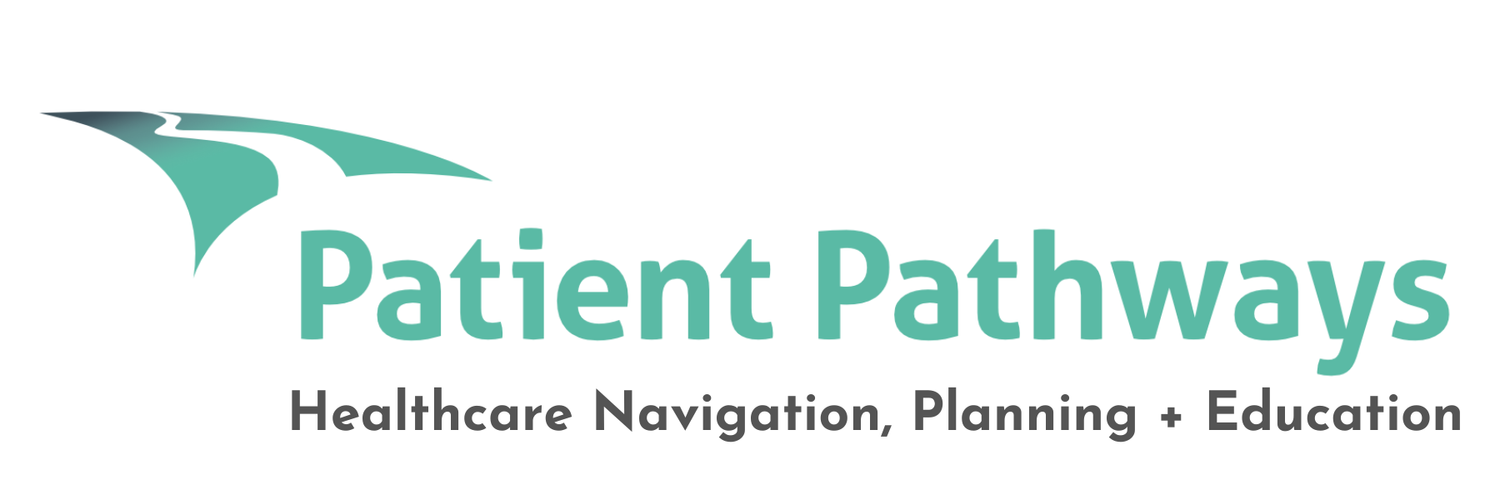Understand Resuscitation & No Cardiopulmonary Resuscitation (No CPR)
If you have ever said, "I never want to get like that," or, "I don't want heroics!", this is essential reading.
Even if you are not ready to make a decision about whether you want to be resuscitated should your heart and breathing ever stop, having an understanding now will mean you can have informed conversations with your healthcare professionals and loved-ones in the future.
Most often your healthcare team is waiting for you to open the discussion about your preferences for future health care interventions.
'Heroics' is more than performing CPR.
For many of us, our conversations with our loved-ones are often restricted to, “I don’t want any heroics.” However, most of us don’t really know what that means. There is often a vague notion of not having CPR, being on a ventilator or, maybe being on dialysis or having tube feeding.
Also read, Understanding the Terms used in Resuscitation and End of Life.
Heroics is the non-medical term for life-sustaining treatment of all body systems in critical care or intensive care such as:
Cardiac support (with machines and drugs)
Respiratory support (mechanical ventilation or non-invasive support such as high-flow oxygen, CPAP or BiPAP)
Kidney support (with dialysis and drugs)
Nutritional support (with IVs and artificial nutrition)
Heroics do not apply for people who are at the natural end of their lives.
CPR means, Cardio-Pulmonary Resuscitation
It means to restart the heart and lungs. CPR is the act of manual, aggressive, compressions on your chest.
'No CPR' is the same as 'DNR' or 'Do Not Resuscitate'.
In BC, the official terminology is "No CPR" – and the term we'll be using here.
If your heart is restarted, your ribs will be broken (it means it’s being done properly) but they will heal. The biggest risks are ventilator-induced pneumonia (which are most often successfully treated with antibiotics) and body deconditioning due to prolonged bedrest.
When thinking about life-sustaining treatment and CPR
● At what stage of life are you in? (Do you have comorbid – two or more – medical conditions, any type or stage of organ disease, advanced cancer, advanced age and/or frailty.)
● Do you want quality of life, or quantity?
Should everyone have CPR?
● No, but CPR can work for adults who are reasonably healthy.
● CPR is most effective when initiated immediately after cardiac arrest.
But CPR is usually not effective for:
● Adults with medical conditions with damage to their heart, lungs, kidneys & brain.
● Adults who are at the natural end of their life.
If you do not want to have CPR, it is important to talk to your Primary Care Provider (family doctor or nurse practitioner) about the risks versus benefits of resuscitation. If your primary care provider agrees with your decision, you must have a signed No CPR order signed and available with you all the time (just in case you have a cardiac arrest in the frozen pea aisle of Safeway – that really happens) – or have an official Medical Alert bracelet on. Having this written on an Advance Directive is not enough.
BC No CPR & Medical Alert instructions and instruction and forms
Put a copy of this form on your fridge with all of your other Advance Care Planning documents. Carry a copy (suggest printing on bright yellow paper) with you in your wallet or purse, especially if you choose not to wear a Medical Alert bracelet. Put the original document somewhere that it can be easily found.
If you are admitted to hospital, present your No CPR order and ask for a discussion with your Most Responsible Provider (hospitalist or specialist in charge of your care) to discuss your preference to not be resuscitated. This should be converted to Medical Orders for Scope of Treatment (MOST) or Code Status orders.
Special note: even if you have a No CPR order for the community, that order will normally be suspended in hospital during surgery because a cardiac arrest may be immediately or easily reversible. If you do not want CPR under any circumstances, you must have a frank discussion with your surgeon and anaesthetist.

